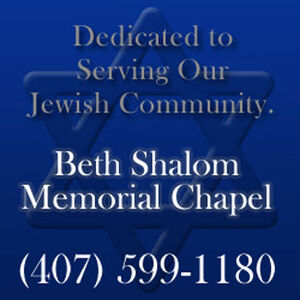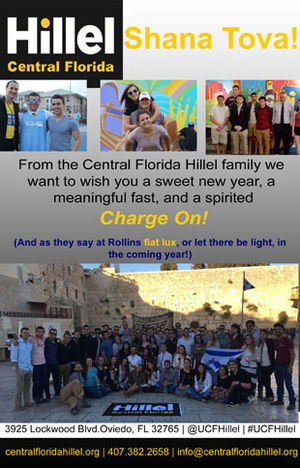A bridge too far
By Andrew Silow-Carroll
An old friend who happens to be both gay and Orthodox once surprised me by defending matrilineal descent—not in terms of Halacha, the code of Jewish law, but in terms of people hood. By defining a Jew in unimpeachable biological terms, he said, we make it so Jews have to look at each other as members of a people. If you take away biology, then the only way to judge whether someone is Jewish is according to what he or she believes. Thanks to matrilineal descent, a secular Jew in Tel Aviv and a pious hasid in Brooklyn have to deal with each other as family, however distant.
Another Orthodox friend surprised me even more by writing sympathetically about patrilineal descent. He understood the Halacha and the sociological benefits of determining Jewishness through the mother, but recalled meeting the children of Jewish fathers and non-Jewish mothers who identified deeply with Judaism but were still considered outside the fold, at least by those outside the Reform movement. They were baffled and hurt that a “matrilineal” kid who is Jewishly indifferent was considered a member of the tribe, while they—active in synagogue, at ease with Jewish texts and ritual—were not.
That’s the crux of the matter whenever we discuss Jewish identity issues, from the conversion wars in Israel to the debates here over including interfaith families. One camp defends tradition not just for its own sake but as a strategy for ensuring continuity, instilling people hood, and maintaining the distinctiveness of the Jewish people. Another camp urges outreach and flexibility out of compassion for individuals from mixed backgrounds and fears of losing a generation for whom multicultural identities are increasingly the norm.
Paul Golin, associate executive director of Big Tent Judaism/Jewish Outreach Institute, which aims to create “a more welcoming and inclusive North American Jewish community, is in the second camp. He is particularly for intermarried families.” He often points to statistics showing a million intermarried Jews in the United States. He has an aversion to Jewish “red lines,” and insists Jewish institutions have a choice: They can either erect barriers and lose forever the children of these intermarriages, or become more welcoming and create opportunities for these children to express their Jewish identity.
Golin wrote an article about the controversial question over whether Hebrew Union College, the seminary of the Reform movement, should change its policy in order to accept rabbinical students who are either married to or in a relationship with a non-Jew. HUC is studying the issue, in response to challenges from some students and alumni.
Golin thinks the policy should be changed, and that a movement that claims to be inclusive of interfaith families and devoted to rabbinical autonomy cannot cling to the “red line” of excluding intermarried rabbinical students. As an “intermarried unaffiliated Jew,” Golin asserts that a rabbi who shared his background would make him feel more included.
I’m with Paul when he urges Jewish institutions to do a better job at conveying Jewish meaning to Jews of all backgrounds. But he loses me in arguing that interfaith families somehow need intermarried rabbinic role models in order to feel comfortable in synagogue. The Reform movement especially has gone to great lengths to welcome interfaith families—if rabbis and congregants are falling short, groups like JOI can help them become even more sensitive and welcoming. But the “benefits” of accepting intermarried rabbinical students will be far outweighed by the costs in reputation to the movement.
When seminaries uphold inmarriage as a Jewish ideal, it is not out of parochialism or bigotry but because in terms of Jewish expression, it is, well, ideal. Judaism, like most isms, is most fully expressed in relationships. This isn’t tribalism, but common sense. While Judaism can be conveyed in interfaith marriages, it’s a lot harder without the web of relationships and family histories knit by a Jewish-Jewish marriage.
And as an ideal, it should be nonnegotiable when ordaining a rabbi. There are degrees in Jewish law and Jewish communal service for those who want them, but rabbinical ordination is a declaration that you want to be more than a scholar or “Jewish professional.” It means you want to represent a chain of Jewish transmission that goes back to the first people who held that title, and want to make other people part of that chain. A rabbi can embrace the non-Jewish spouses who are not ready to be part of the chain, especially those heroes who are raising Jewish children. But I don’t see how you can be a conveyor of “Jewish meaning” without the ability to say, “This is so important to me, I made it central to my life, my career—and my marriage.”
Paul and his colleagues deserve the community’s thanks for building a bridge between the Jewish people and a generation of individuals with new and different identities. But this, quite frankly, is a bridge too far.
Andrew Silow-Carroll is Editor-in-Chief of the New Jersey Jewish News. Between columns you can read his writing at the JustASC blog.







Reader Comments(0)